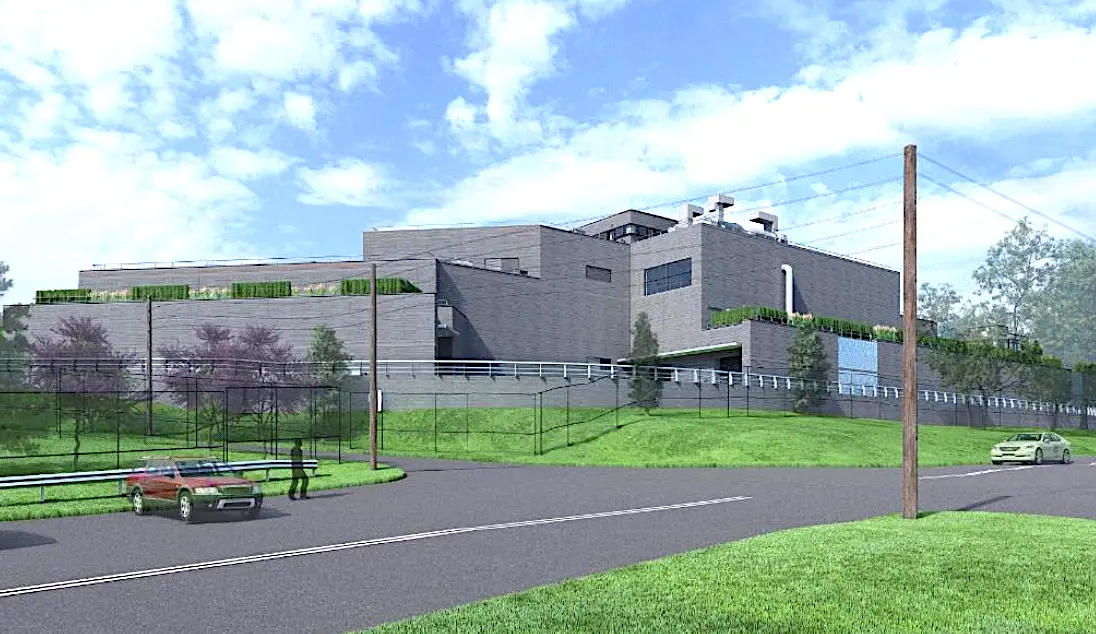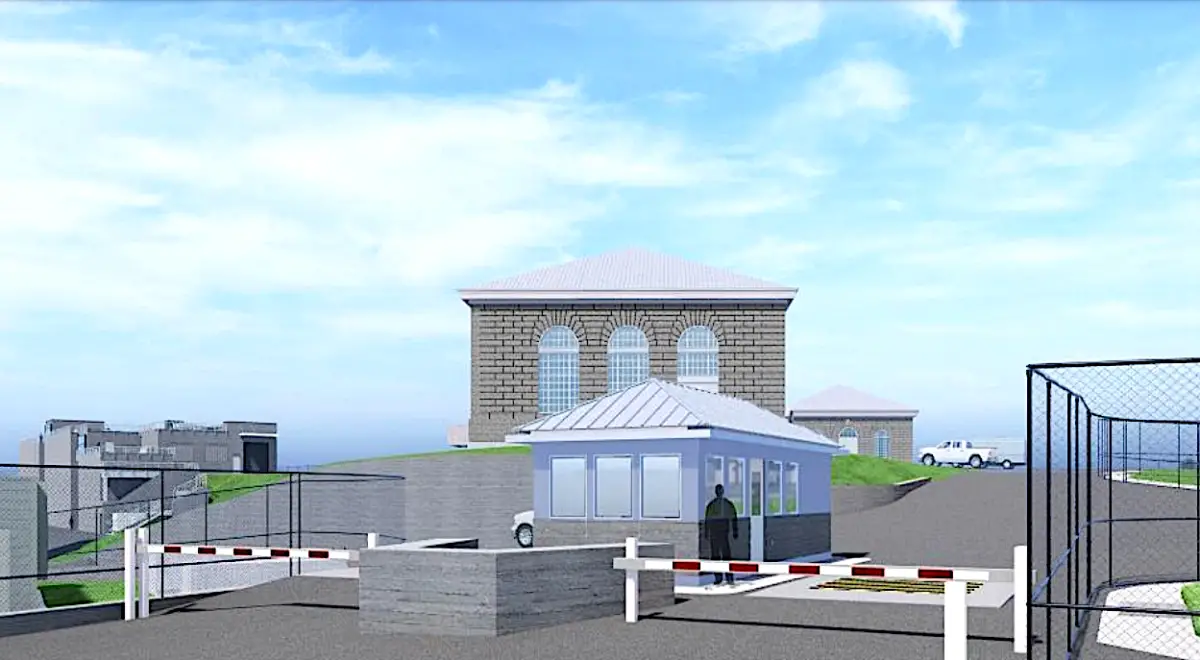NYC seeks Yonkers’ approval of $141M reservoir project
The New York City Department of Environmental Protection (NYCDEP) is seeking approval from Yonkers to move ahead with a $141 million portion of an approximately $2 billion long-term plan for improvements to the Hillview Reservoir, which has a street address of 100 Central Park Ave. in Yonkers. The entire project includes covering of the reservoir before 2050, which would comply with a settlement agreement reached in 2019 between New York City and the federal government to ensure water quality.
The reservoir holds about 900 million gallons of water and is concrete-lined. It was built between 1909 and 1917, According to Matthew Valade of the engineering firm Hazen and Sawyer, which specializes in dealing with water projects, the Hillview facility handles approximately 50% of the water supply for the City of Yonkers and and up to 100% of New York City’s drinking water.

“The Hillview Reservoir facilities control the incoming flows from the upstate water supply reservoirs and manage water pressure entering the water distribution system,” Valade said. “The chemical systems at Hillview Reservoir provide the last point of chemical treatment for a majority of the water supply before water enters New York City’s drinking water distribution system.”
The current Hillview Reservoir Improvements Project includes two major components: construction of new chemical addition facilities and Hillview Reservoir Campus upgrades; flow-control improvements and additional facility upgrades.

The first component includes construction of two new chemical addition facilities, the New North Facility and New South Facility, which would increase on-site chemical storage capacity. Upgrades to the existing north and south facilities include installing two new electrical service feeds and associated distribution equipment, new flow measurement systems, a new Supervisory Control and Data Acquisition system, and upgrading the existing North Entrance and adding a new police booth.
The second component would see the installation of new chemical feeding and monitoring systems along with additional upgrades to existing systems. New access roadways would be constructed. Once new chemical facilities were operational demolition of older facilities would take place.
In March, the Yonkers Zoning Board of Appeals approved variances that were needed for the project that dealt with building heights and the number of required parking spaces. NYCDEP said it did not need all of the 147 parking spaces that would be required based on square footage to be built and did not anticipate that more than the current 56 workers would be accessing the site. It said it only needed 77 parking spaces and that 17 of them would be equipped with electric vehicle charging stations. NYCDEP also was asking for a variance so that if it became necessary construction work could take place outside of the normal hours permitted by Yonkers. NYCDEP now is seeking site plan approval from the Yonkers Planning Board.
NYCDEP pointed out that while it has acted as lead agency for the environmental review of the project it also has reached out to the residents of the surrounding community. The agency said there were town hall meetings hosted by Yonkers Councilman John Rubbo and that it met with the Hyatt Association and other community groups in the neighborhoods near the reservoir. NYCDEP issued a negative declaration of environmental impact for the project.
“The New York City water system is based on a 2,000-square-mile watershed the size of the state of Delaware. The vast majority of water that serves Yonkers, New York City, almost all of Westchester, many communities in the four counties just north of here, all comes from the Catskills,” John Milgrim, director of outreach for the NYCDEP water supply system said. “All of that water from the main water supplies ultimately ends up in Hillview.”
Milgrim described Hillview as a very critical piece of infrastructure.
“It’s what we call a balancing reservoir,” Milgrim said. “It’s used to create the pressure in the municipal systems. It’s always at the same level, within inches. It’s monitored carefully 24/7. There’s a long, good safety record at the facility.”
Milgrim described the Hillview Reservoir as being in a unique situation since it is closely surrounded by residential and business areas whereas most of the other NYCDEP water facilities are in rural locations.
“We worked with the community intensively — listened to their concerns. We believe that we have addressed the vast majority of their concerns in a positive way with providing green space they can use throughout, continue to allow them to use space that is New York City property that abuts to the backyards, to ensure that have somebody that they can reach out to who is in a decision making capacity, who they can work with and reach pretty much any day of the week.”
NYCDEP anticipates that there would be about 450 construction jobs created by the current project.